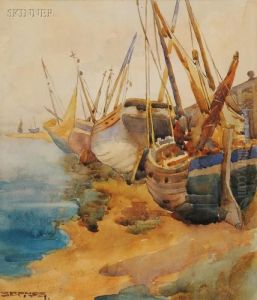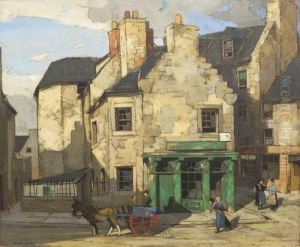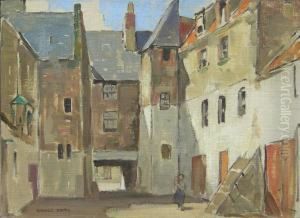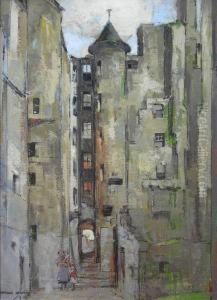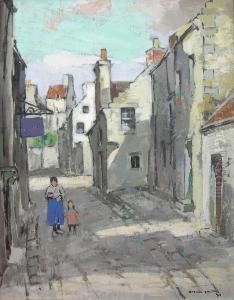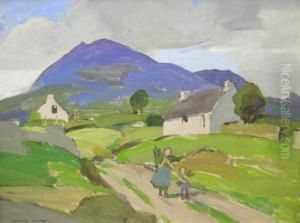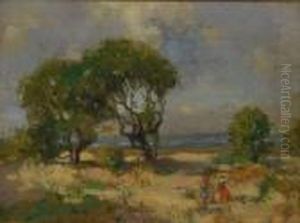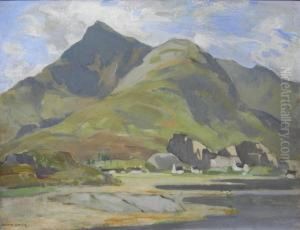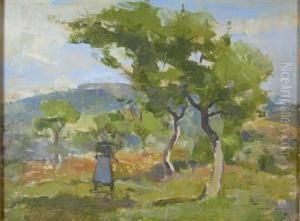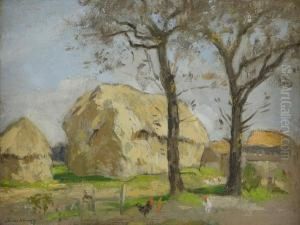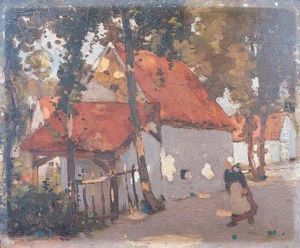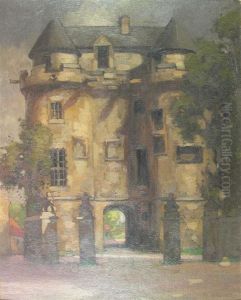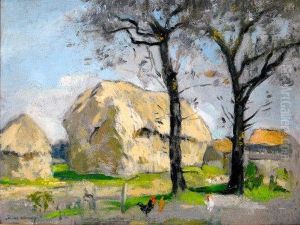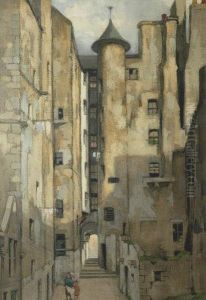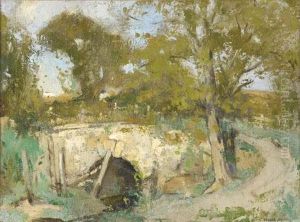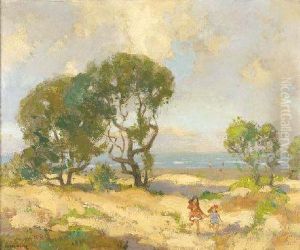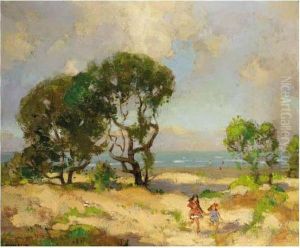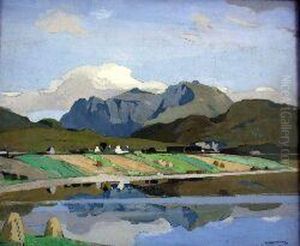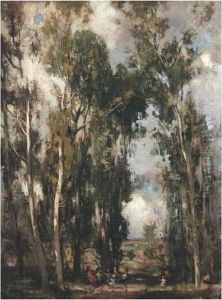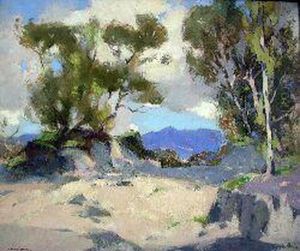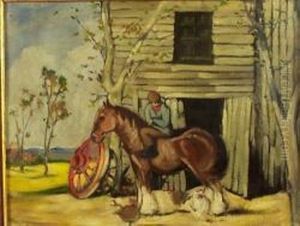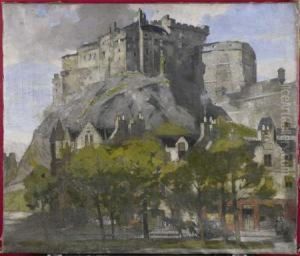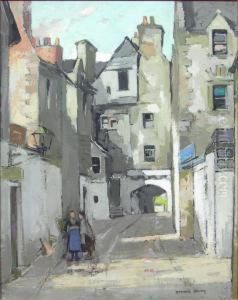John Guthrie Spence-Smith Paintings
John Guthrie Spence-Smith was a New Zealand-born artist and educator known for his landscape paintings and his significant contribution to the development of art education in Hong Kong. Born on January 31, 1880, in Dunedin, New Zealand, Spence-Smith spent his formative years in his native country before moving abroad to expand his artistic horizons.
During his early career, he was influenced by the British art scene and was associated with the Newlyn School of artists in Cornwall, England, where he absorbed the plein-air approach to painting. His early works were characterized by a strong understanding of light and shadow, which he skillfully incorporated into his landscape pieces.
In 1920, Spence-Smith moved to Hong Kong to take up an appointment as the Headmaster of the Central British School, later known as the Diocesan Boys' School. His tenure in Hong Kong marked a turning point in his career as he became increasingly involved in the local art community. He founded the Hong Kong Art Club in 1927 and was instrumental in establishing the Young Artists' Exhibition in 1935. These initiatives were pivotal in fostering a vibrant art scene in the region and in providing a platform for emerging local artists.
Spence-Smith's own artistic practice flourished during his time in Hong Kong, with the city's unique landscape and cultural milieu providing a rich source of inspiration. His work from this period often featured scenes from the bustling harbor, tranquil landscapes, and depictions of local life, executed with a blend of Western techniques and an appreciation for Eastern aesthetics.
His contribution to art education extended beyond the classroom as he mentored numerous young artists and encouraged the appreciation of art among the wider public. Despite the challenges posed by World War II and the Japanese occupation of Hong Kong, Spence-Smith remained dedicated to his teaching and artistic pursuits until his death on August 31, 1947. Today, he is remembered not only for his evocative paintings but also for his enduring impact on the cultural landscape of Hong Kong.
